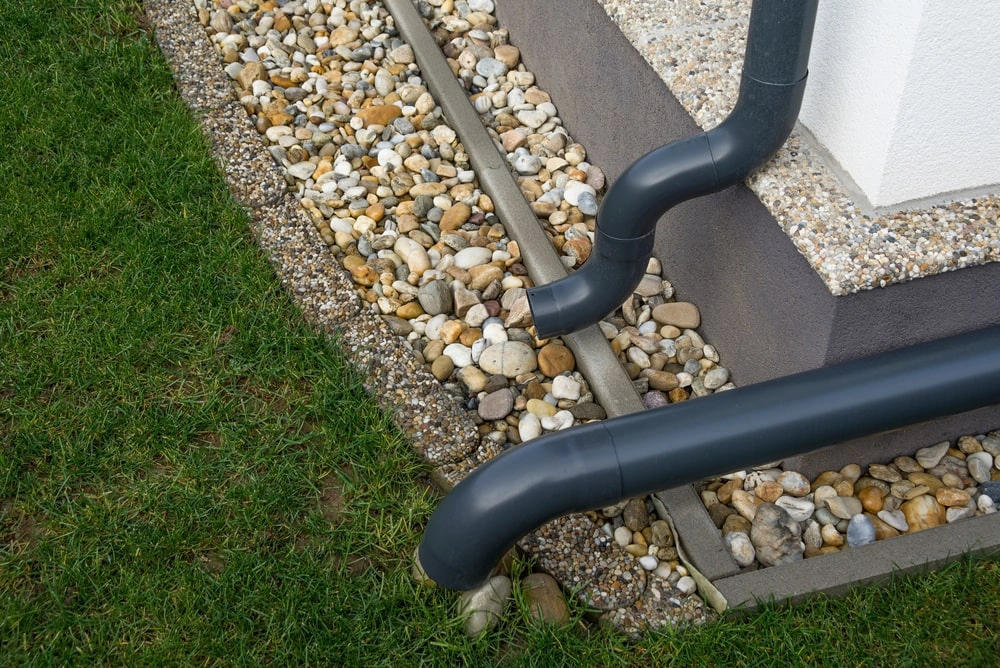Stormwater drainage issues are a common challenge for property owners, leading to problems like flooding, erosion, and water damage. Proper stormwater management is essential to prevent these issues and protect your property. In this blog, we’ll explore the most common stormwater drainage problems and provide practical solutions to address them.
1. Clogged Drains and Gutters

Problem: Clogged drains and gutters are a leading cause of stormwater drainage issues. Leaves, debris, and sediment can block water flow, causing it to overflow and lead to flooding.
Solution:
- Regular Maintenance: To prevent blockages, clean gutters, and drains regularly, especially before the rainy season.
- Install Gutter Guards: Use gutter guards or screens to minimize debris accumulation and reduce the frequency of cleaning.
- Check for Blockages: Inspect downspouts and drainage pipes for blockages and clear them as needed.
2. Poor Grading
Problem: Improper grading around your property can cause water to pool near the foundation, leading to flooding and potential structural damage.
Solution:
- Regrading: Ensure that the ground slopes away from your home’s foundation. To direct water away, a slope of at least 2% (approximately 1 inch per 4 feet) is recommended.
- French Drains: Install French drains to collect and redirect water away from problem areas.
- Landscape Adjustments: Consider adjusting the landscaping around your property to improve natural drainage patterns.
3. Erosion and Sediment Control
Problem: Erosion can occur when stormwater runoff carries soil away, leading to sediment buildup in drainage systems and creating blockages.
Solution:
- Erosion Control Measures: Use erosion control methods like silt fences, mulch, and vegetation to stabilize soil and reduce runoff.
- Retaining Walls: Install retaining walls in areas prone to erosion to control water flow and retain soil.
- Sediment Traps: Implement sediment traps or basins to capture sediment before it enters drainage systems.
4. Standing Water
Problem: Standing water can occur in low-lying areas of your property, creating breeding grounds for mosquitoes and damaging turf.
Solution:
- Dry Wells: Install dry wells to collect and disperse water into the ground, preventing pooling.
- Swales: Create swales (shallow, vegetated channels) to direct water to designated drainage areas.
- Permeable Paving: Use permeable paving materials in areas prone to standing water to allow water to seep into the ground.
5. Overflowing Stormwater Systems
Problem: During heavy rainfall, stormwater systems may become overwhelmed, leading to overflow and potential flooding.
Solution:
- Rain Gardens: Install rain gardens to absorb excess water and reduce the burden on stormwater systems.
- Detention Ponds: Detention ponds are used to store stormwater and release it gradually, preventing overflow temporarily.
- Check Valves: Install check valves in stormwater pipes to prevent backflow and overflow.

Addressing stormwater drainage problems is crucial for protecting your property and preventing costly repairs. By implementing the solutions discussed in this guide, you can effectively manage stormwater and ensure proper drainage. Regular maintenance and proactive measures will go a long way in keeping your property safe and dry, no matter the weather.

